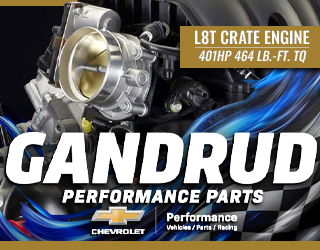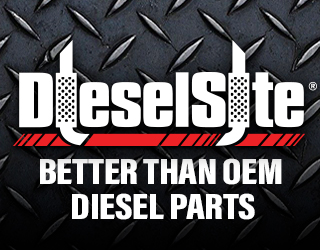Cars
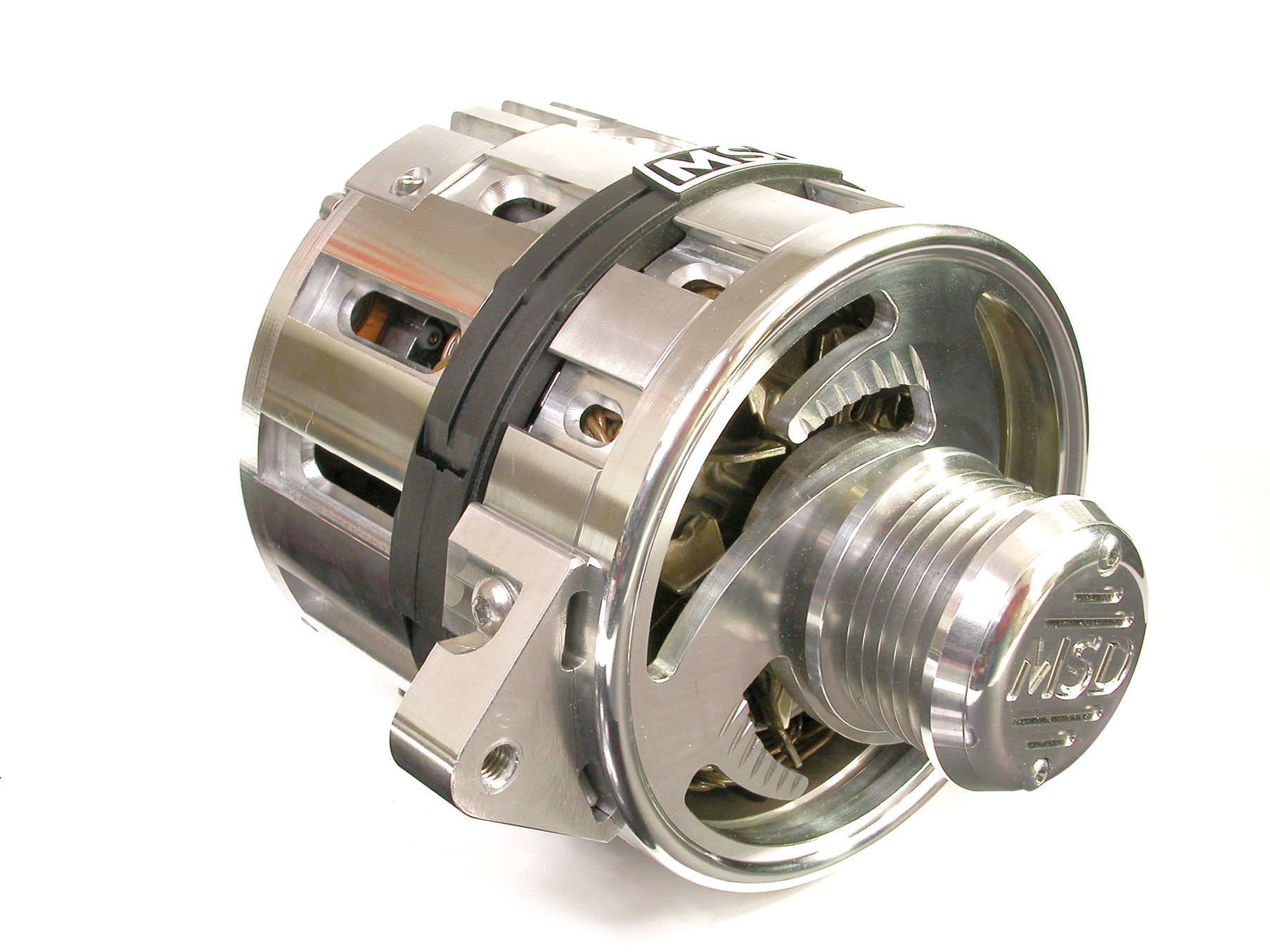
Until now, rodders have been severely limited by the battery-charging alternators they’ve had to select from. Rodders either utilized an OE or an OE-style alternator for their custom engine applications, or they selected one of the aftermarket units that were polished or chromed. Now, with the introduction of MSD’s Advanced Power System (APS) alternator, that’s all changed for the better.

The showroom is what every auto parts store dreams of being: diced in checkerboard black and yellow tile with a heap of pegboard. Up front, the sales counter is the hub of business, fueled by eager customers that keep the phone ringing off the hook. Bob, Sam and Robin deal one-on-one with customers, keeping all 50 states Moon-equipped.
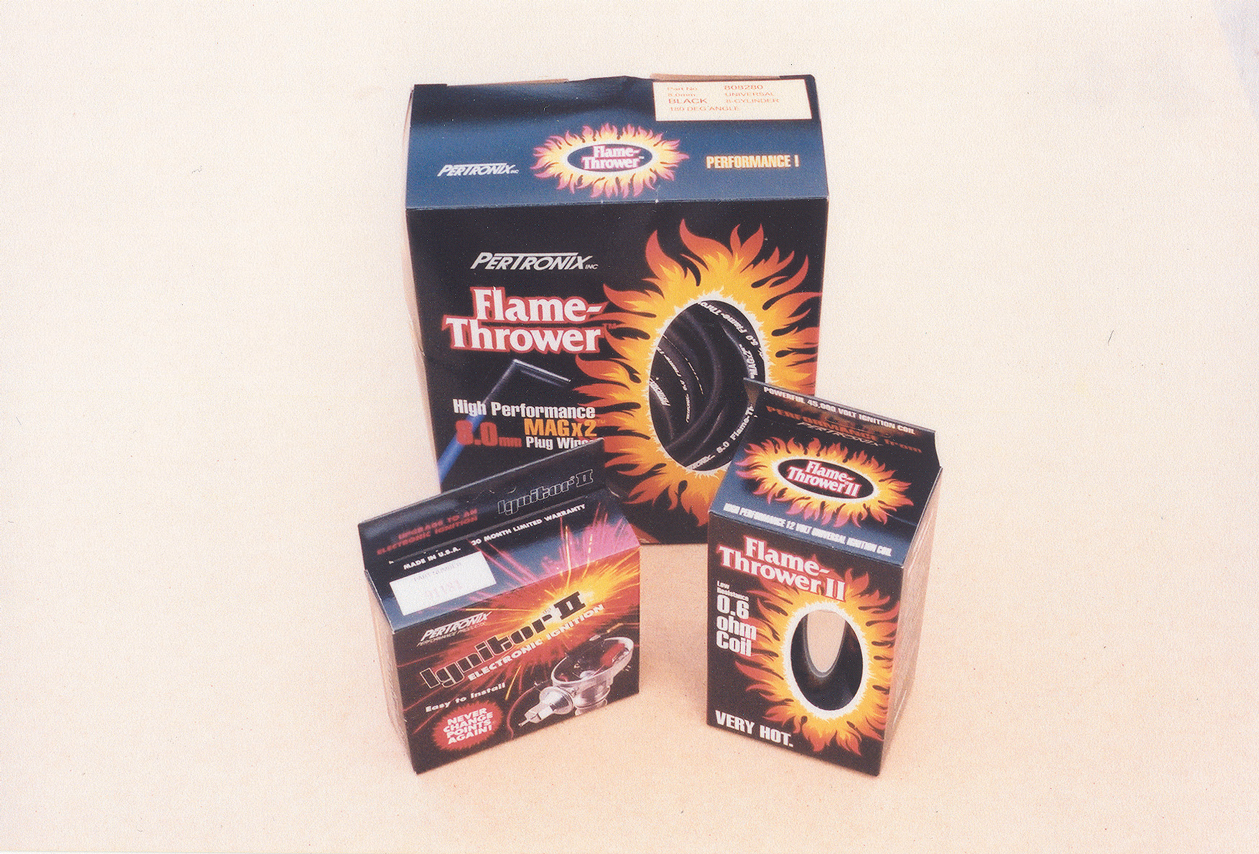
The growing popularity of nostalgia and rat rods, along with the aging of street rodders, has meant the rebirth of vintage engines. Rocket Oldsmobiles, Buick nailheads, Y-block Fords and Chrysler Hemis are being chosen over the “bellybutton” Chevrolet small-block. Even some small-block Chevrolet engines are getting old-time flavor by using generators–some of which have been internally modified as alternators–early blocks and heads, three-deuce setups and even adapting Oldsmobile valve covers to look like something they are not.
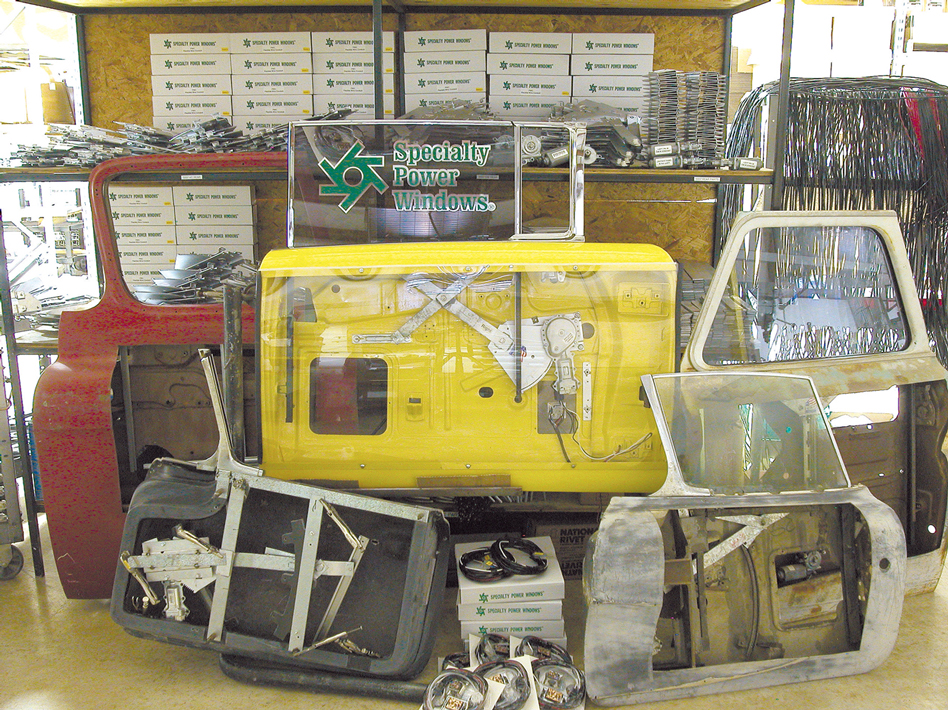
There was a time not all that long ago, between station wagons and SUVs, when big conversion vans were the family transportation of choice. In the beginning, the Big Three considered vans to be commercial vehicles, fitted with rubber floor mats, vinyl seats and short (if any) side windows, not the decked-out, posh family transport they would become.
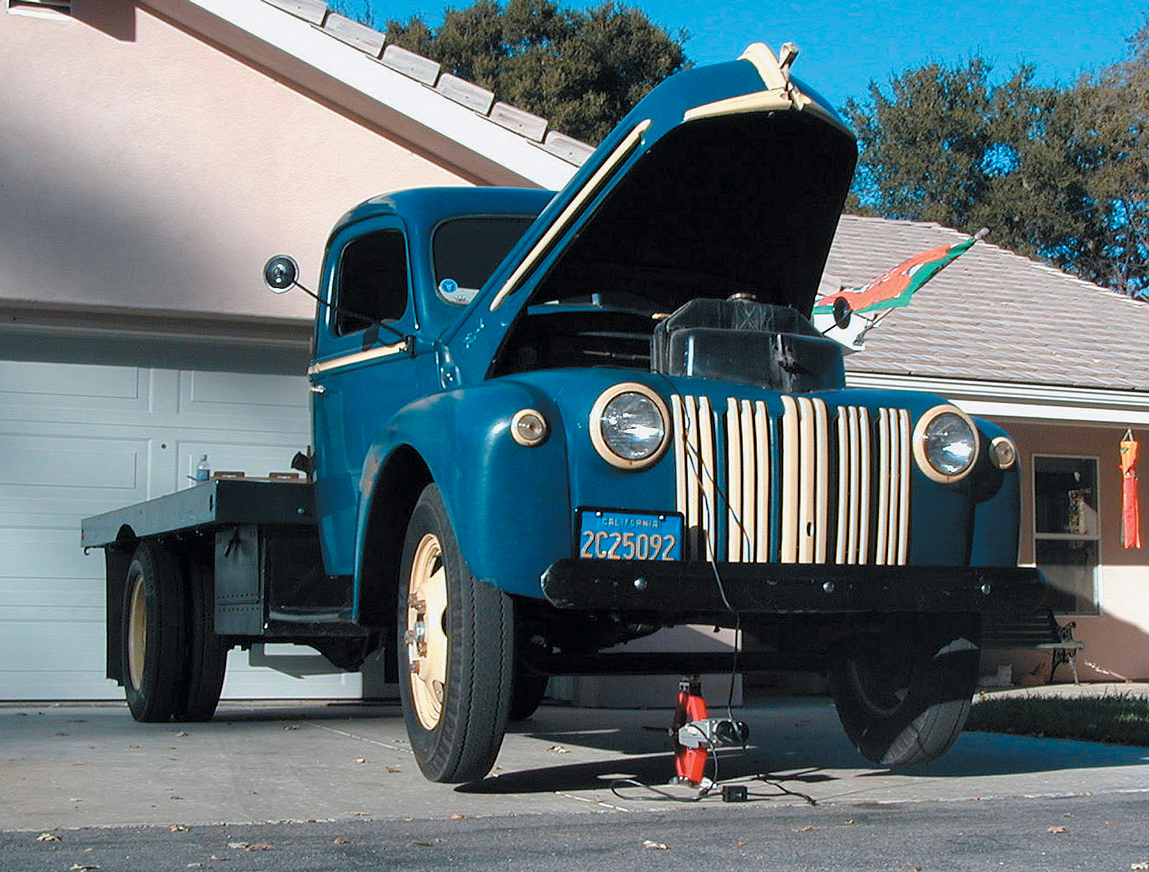
We know youʼve already checked out the photos or you wouldnʼt be reading this. You obviously wish to know a little more about this jack, so weʼll cut to the bottom line: If you get one of these for your very own, youʼd better not tell any of your buddies about it, or you will have to make room in the safe to store it. If they spot it in your trunk, just laugh about how you got it as a gift and hope none of them reads this article, or you will have to tape a cell phone to it to find out where it is this weekend–just when you need it!

Replacing the rear suspension arms is something of a Mustang tradition, and the S197 platform is no exception. Wheel hop is proving to be something of a problem on these vehicles, and Modular Mustang Racing has the solution in the form of new lower rear control arms for the ’05 Mustang.
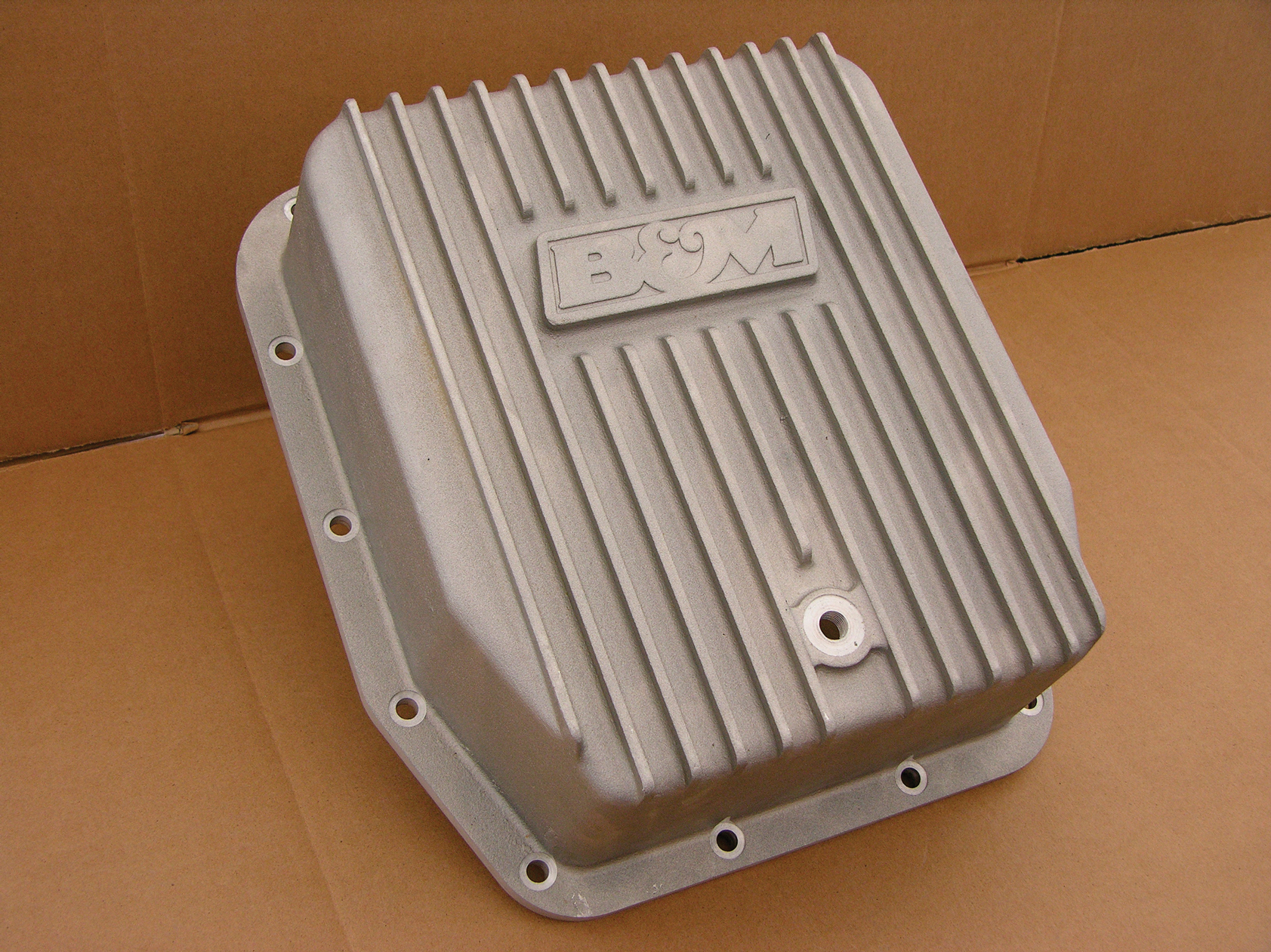
The world is full of minor inconveniences, and changing transmission fluid is one of them. The job doesn’t need to be complicated, but on some cars it is. When we find the accountant who decided that our 4R70W transmission didn’t need a drain plug, we’re going to intentionally put him on duty at a quick-change oil and lube facility. What were they thinking?
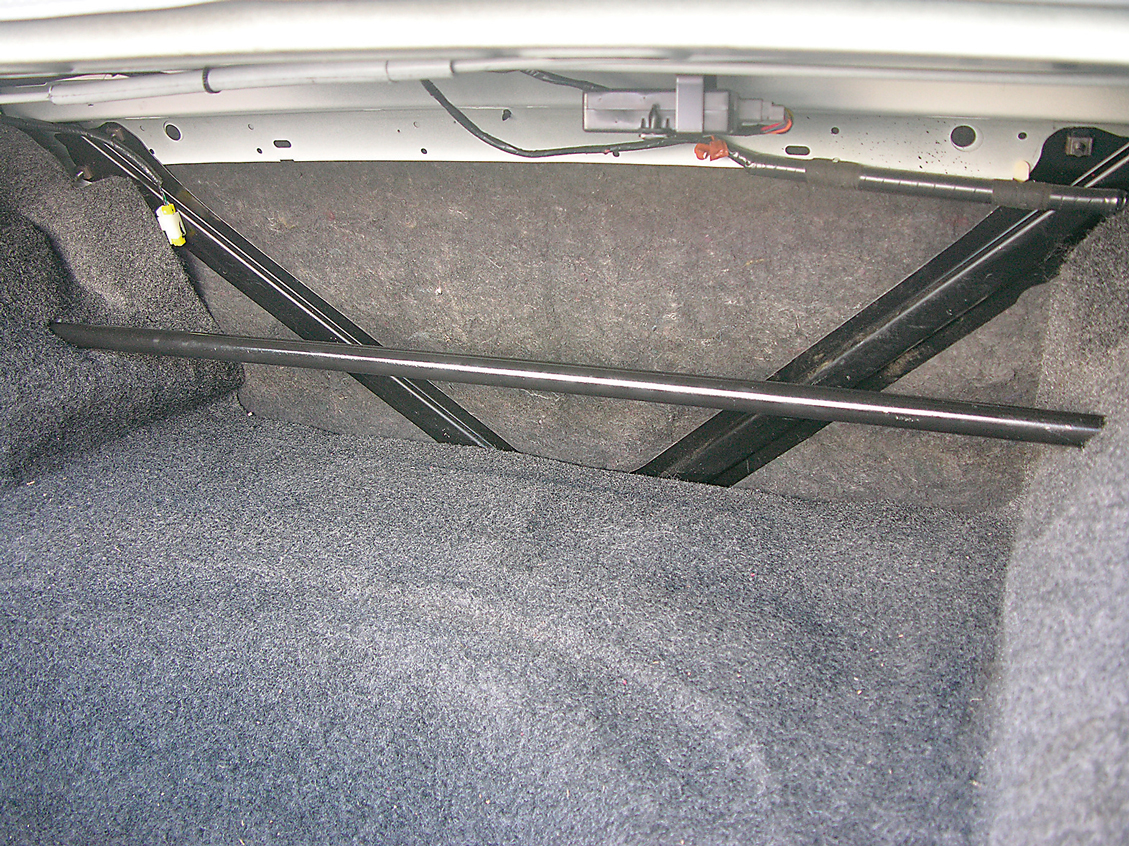
Even more than 40 years ago, Ford understood the importance of preventing body flex in order to allow a suspension to maintain proper geometry. The earliest Mustangs came with front shock tower braces to prevent uncontrollable suspension articulation, caused when both upper ends of the shock towers flex inward. The need to prevent such flex is still important today, and the principle applies to the rear shock towers as well as to the fronts.

When you go looking to make huge power from your 5.0-liter Ford, the limiting factor will always be the weakest link in the chain. In the case of our supercharged 331 stroker buildup, the weakest link turned out to be the production block. Like most enthusiasts, we had no budget for a DART racing block or even a Ford Racing Sportsman block, but we decided to tempt fate nonetheless and go for a big power number on the dyno. Considering that the stock fuel-injected 5.0-liter was rated at a measly 225 hp, even a 300hp buildup would offer a welcome change in performance.
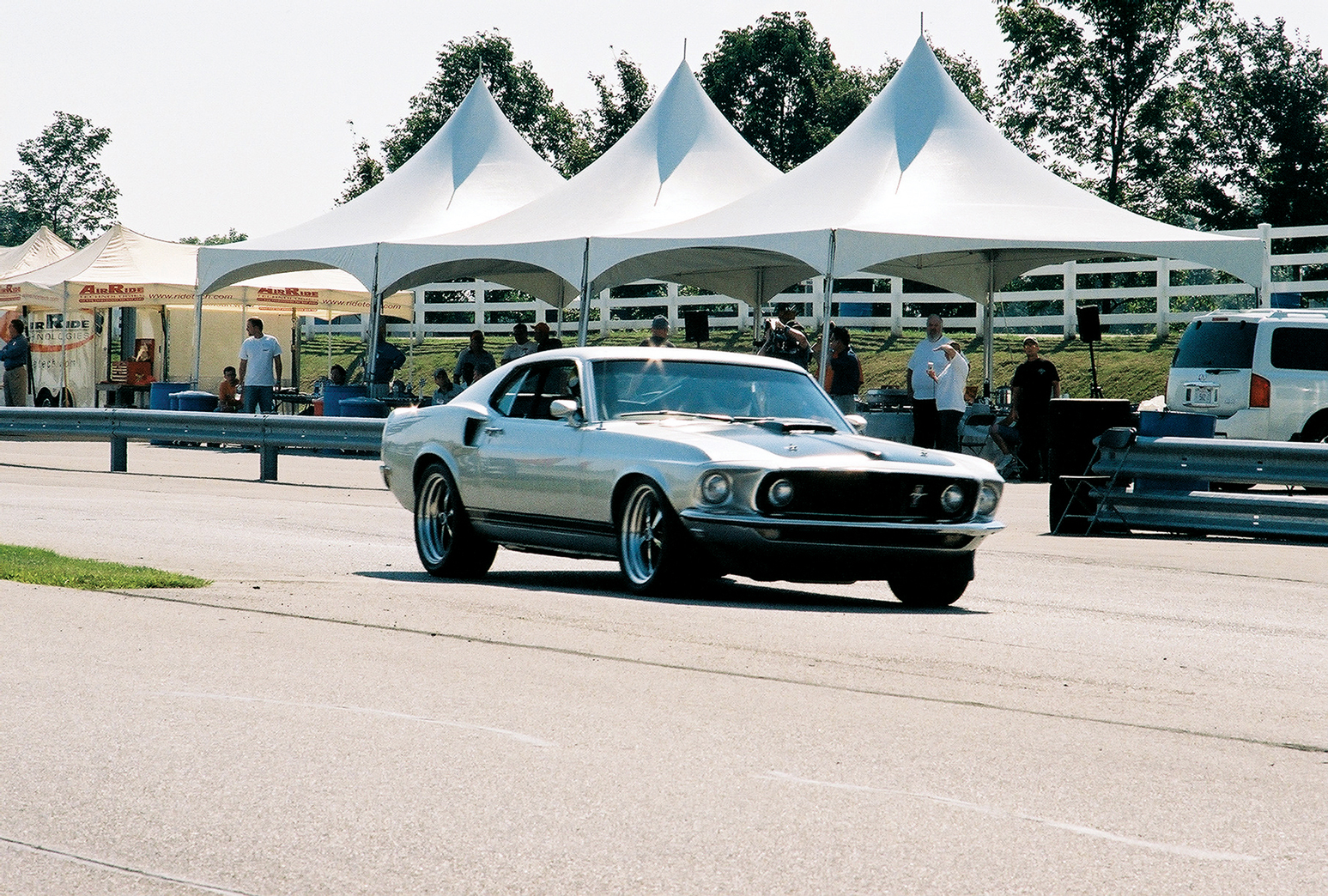
As much as it rankles Blue Oval fans, the early Mustangs used the same suspension as the Falcon and the Comet. It brings to mind cars powered by little six-bangers, dubbed “economy cars,” and not meant for the performance-minded-like a ’60s version of a Geo Metro or Yugo. Those who drove them loved and abused them, and quickly determined the limits of the factory suspension—especially with any power under the hood.




